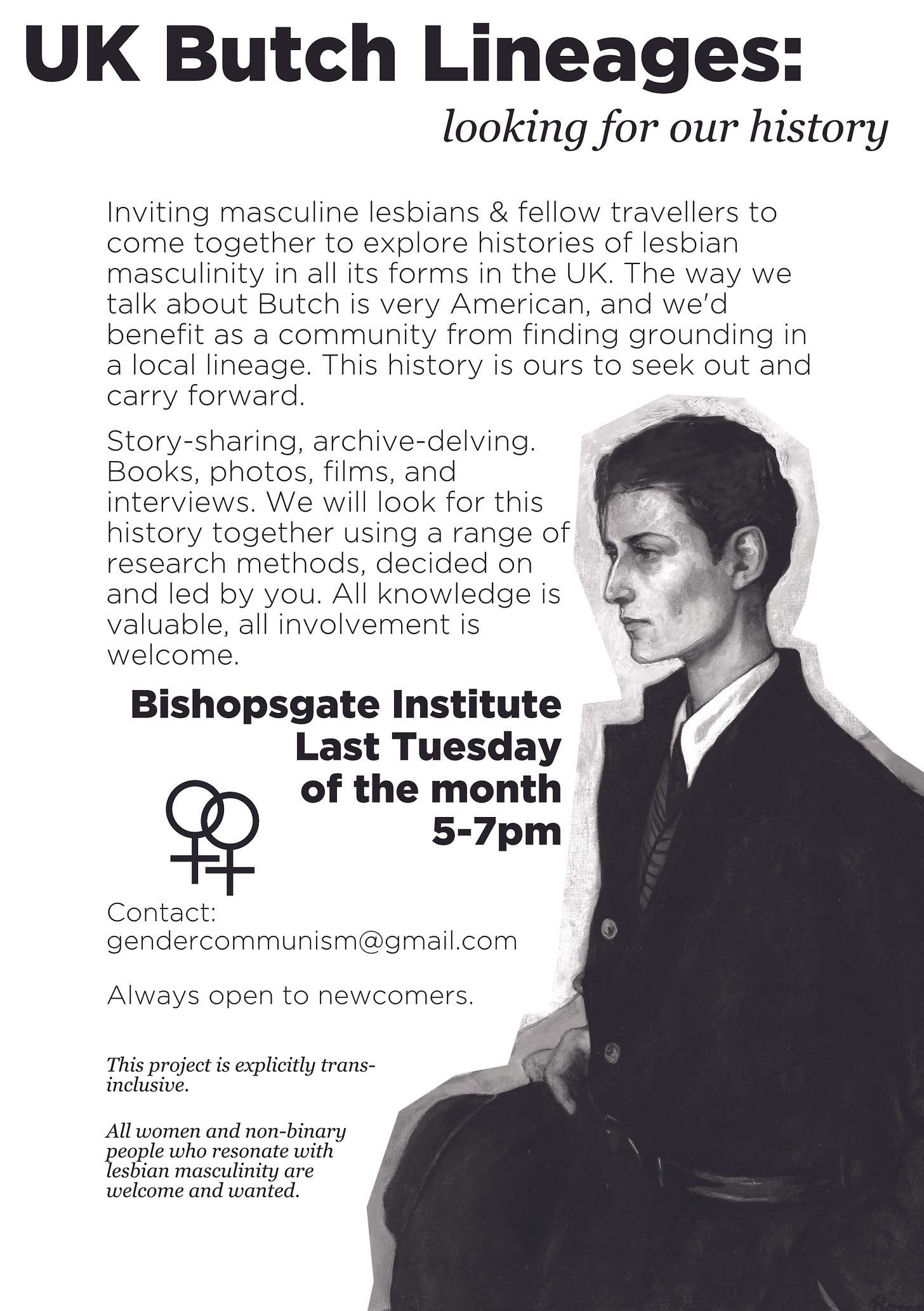It’s the last category that seals the deal. It lets you know this night is for you, for all of you. If you ever needed proof that you’re here and you’re queer it’s right at this moment. Category is: Sexy Sirens. Here is the proof that queerness can’t be defined by gender, or clothes, or body parts or who does what with whom. Because on this last runway the only thing that matters is that you’re hot and you fucking know it. And the crowd know it too. Desire, queer desire, is in the way a person moves, the way they hold themselves, the way they communicate their intentions and who they are. It cannot be captured fully, nor contained. I don’t want to overstate things, but fundamentally to be queer is to be hot. I’m sorry but it’s true.
At least that’s how it felt watching my first ball: clawing my way up onto a corner of the stage for a better view; one arm wrapped around a warm plastic cup of beer and the other around the lighting rig. Quickly dragging my girlfriend up next to me so we could both shout and snap and (let’s be honest) ogle at the hot queers strutting the runway. The announcer picks up the bass and calls out in lighted accented Italian, ‘One, one, one, two, two, two, three, three, three, now hold…your…pose…for…me’. The walkers of the runway snap to attention and freeze before the three judges. Others crawl into their laps, stopping only to dip their hips or flick out a slick tongue into the air. The judges frown in concentration before an almost imperceptible nod or hand gesturing in the direction of their chosen winner. A roar goes up from the crowd. And off we go again.
While I loved watching people walk the runway (highlights being the vogue hands dance off and one butch dressed like a 90s off-duty American football player), what I loved most was seeing their friends/house/chosen family, cheering them on from the sidelines. So passionate at times they invaded half the stage, throwing arms and hands and voices up in encouragement and ecstasy. Here it was: a gesture of what queer community can be, idealised into that small moment of unconditional love and excitement for another. The knowledge that the person the crowd was yelling for was your mate and they looked good. Never mind all the shit that has happened and was to come. It’s easy for me to romanticise but it felt like something to be in that space.
Weeks later I am in an all queer space again but the vibe here is definitely more low-key. Today I am surrounded by books and butches deep in the library at the Bishopgate Institute. Hanging from the balcony above are queer flags of every kind. I am late and so join a table of butches mid-discussion talking about what they know about butchness and what they want to know. It’s a jolt to be in a room of people who identify in some way with being butch. I don’t think I’ve ever been in such a space before. We are all ‘giving’ butch in our own way, our backgrounds, gender and clothing are all different but all clearly butch. Taking stock glancing around I see short hair, wide stances, rolled cuffs, piercings, tattoos, chains and hefty boots a-plenty. But there’s so much more than just those obvious stereotypes. There’s a masculine energy in the room that has nothing to do with cis straight men.
As we talk there emerges a sense of lost history (most of us I would guess are under forty) and a lost connection to UK butch culture. We talk about how we first encountered butchness, the movies, books and people who tipped us off to a different way of being. There is no calling, snapping or walking of the runway this time but that same something persists in this shared butch space. The knowledge that if I were to look up and catch someone’s eye I would see a person who is acting and dressing in a way which pleases only themselves. There is a subtle and not-so-subtle joy to be found sitting here in this shared language of butchness.
I do want to acknowledge, however, that by default all queer spaces do not necessarily equal inclusive ones. There is still transphobia, racism, biphobia, ableism and misogyny to be found in queer spaces. And likewise, we should respect spaces that do not centre cis white gays, not everything is for us and that’s fine! The ballroom scene was created by and for trans and queer people of colour partly as a way to celebrate each other and build community. At the ball in Milan I was an onlooker: invited to participate in that sacred contract between performer and viewer: if I’m going to be working this hard, you better scream twice as loud. Back home in London at Bishopsgate you could say I was closer to being the performer (I’m not going to mention Judith Butler but we’re all thinking it). The openness of that space as trans and non-binary inclusive had been laid out ahead of our arrival. Creating safe inclusive spaces requires conscious and ongoing work, especially in a post-pandemic world.
Indeed not since the pandemic have I been in such exclusively queer spaces in person and I’m grateful to feel safe enough to attend them. Because I’ve missed them. I’ve missed seeing other queer strangers, missed seeing what they are wearing and doing with their hair and how they are giving queer to the world. Missed noticing the subtle exchange of glances that are curious, flirty or hopeful. I missed that recognition that doesn’t need to be acknowledged. It’s good to be here. It’s like letting go of a breath you don’t know you are holding.





